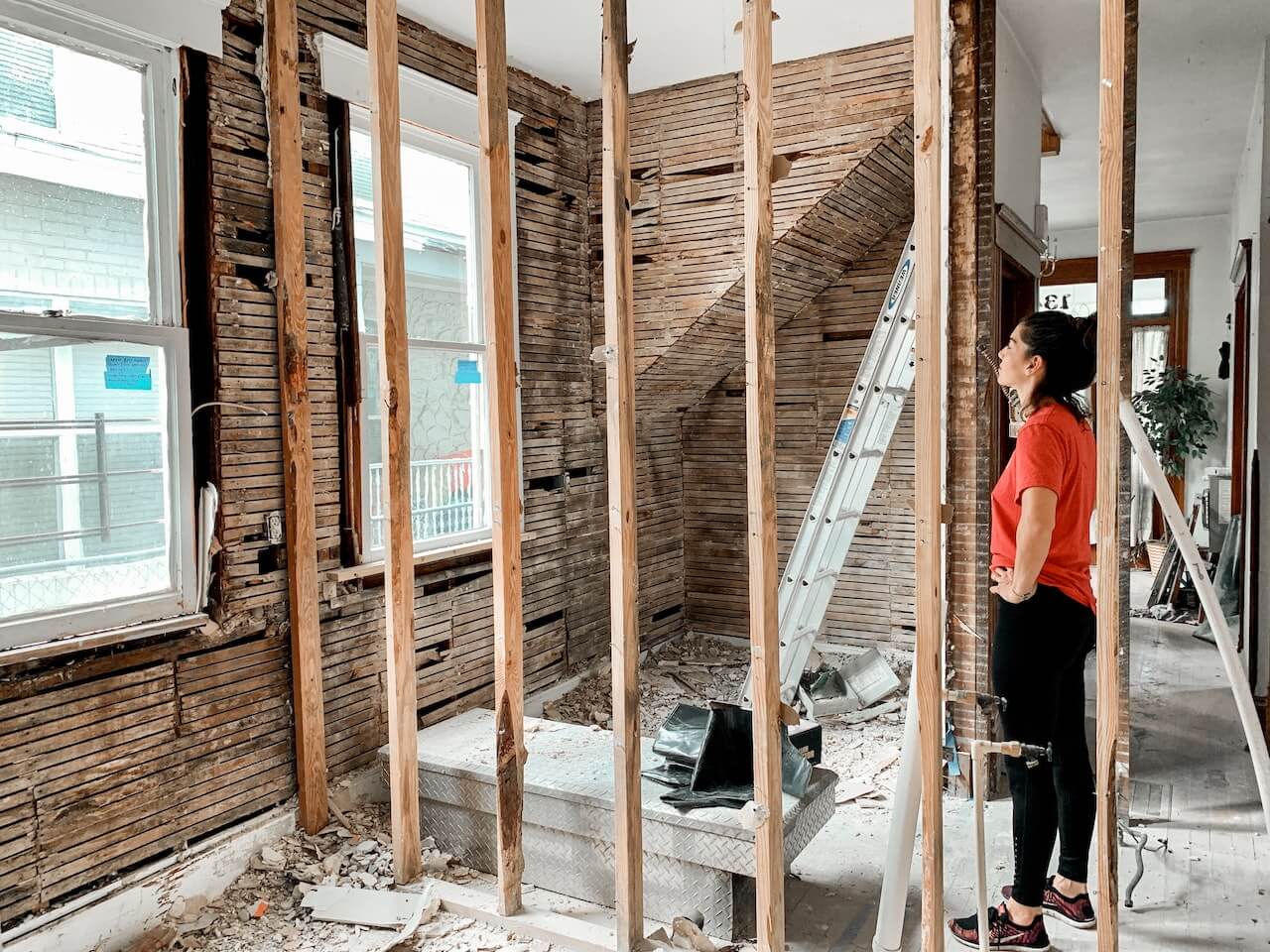Removing Construction Waste
Construction sites are responsible for producing a significant amount of waste. As new buildings and infrastructure are constructed, there is a need for a wide range of building materials, resulting in vast amounts of waste being generated.
This waste can cause harm to the environment, contribute to landfill, and waste natural resources. However, there are several ways in which construction waste can be removed and disposed of sustainably.
Skip Hire
One of the most popular methods of removing construction waste is by hiring a skip. Skip hire is a convenient and cost-effective way of getting rid of waste generated on construction sites.
The construction industry produces a vast amount of waste, and it is essential to have a reliable and trustworthy skip hire company to collect and dispose of the waste safely and sustainably.
Skip hire companies in the UK offer a range of skips suitable for various sizes of construction projects. They will deliver the skip to the construction site and collect it once it has been filled with waste. The skip hire company will then take the waste to a licensed waste disposal facility, where it will be sorted and processed according to the waste management hierarchy.
Commercial Recycling Services
Another way of removing construction waste is through commercial recycling services. A recycling company can offer a range of solutions to help construction companies reduce the amount of waste they produce, reuse materials and recycle as many materials as possible. Recycling companies can help construction companies to reduce the amount of waste generated and the disposal of waste to landfill.
Recycling companies can offer a wide range of recycling solutions that include mixed waste recycling, segregated waste recycling, hazardous waste recycling, and hard core recycling. These services help construction companies to reduce the amount of waste generated and recycle as much of it as possible, reducing the amount of waste sent to landfill.
Reducing The Amount Of Waste Generated
Another way of removing construction waste is by reducing the amount of waste produced in the first place. Construction companies can do this by implementing site waste management plans (SWMPs). Site waste management plans help construction companies to identify the types of waste generated on-site, estimate the amount of waste produced, and put measures in place to reduce the amount of waste generated.
Site waste management plans can also help construction companies to identify materials that can be reused or recycled. This approach can reduce the amount of waste produced and ensure that materials that can be reused or recycled are not sent to landfill.
Site waste management plans can also help construction companies to reduce the environmental impact of construction projects by reducing the amount of waste generated and increasing the amount of material reused or recycled.
Hazardous Waste Removal
Construction waste can include hazardous materials such as asbestos, chemicals, and contaminated soil. It is important to ensure that hazardous waste is removed and disposed of safely and sustainably.
Hazardous waste removal should only be carried out by licensed waste carriers who have the expertise and equipment to remove hazardous materials safely and in compliance with the regulations set by the Environment Agency.
The Environment Agency in the UK sets regulations and guidelines for the disposal of hazardous waste. These regulations ensure that hazardous waste is handled and disposed of safely and sustainably, preventing harm to human health and the environment.
Reduce, Reuse, Recycle
The construction industry has a significant impact on the environment, and it is important to reduce the amount of waste generated, reuse materials, and recycle as much waste as possible. By following the principles of reduce, reuse, recycle, construction companies can significantly reduce the amount of waste generated and its environmental impact.
Construction companies can reduce the amount of waste generated by implementing site waste management plans, identifying materials that can be reused or recycled, and reducing the amount of waste sent to landfill. By reusing materials such as timber, bricks, and concrete, construction companies can reduce the amount of waste generated and preserve natural resources.




